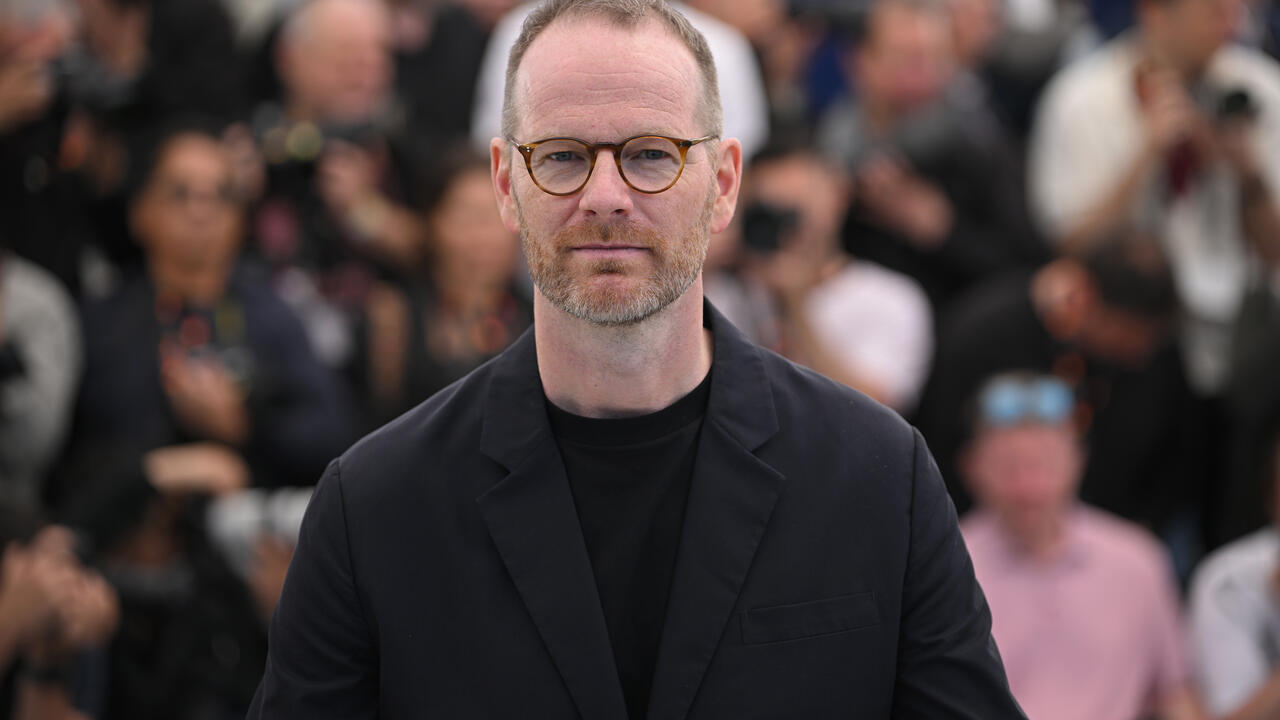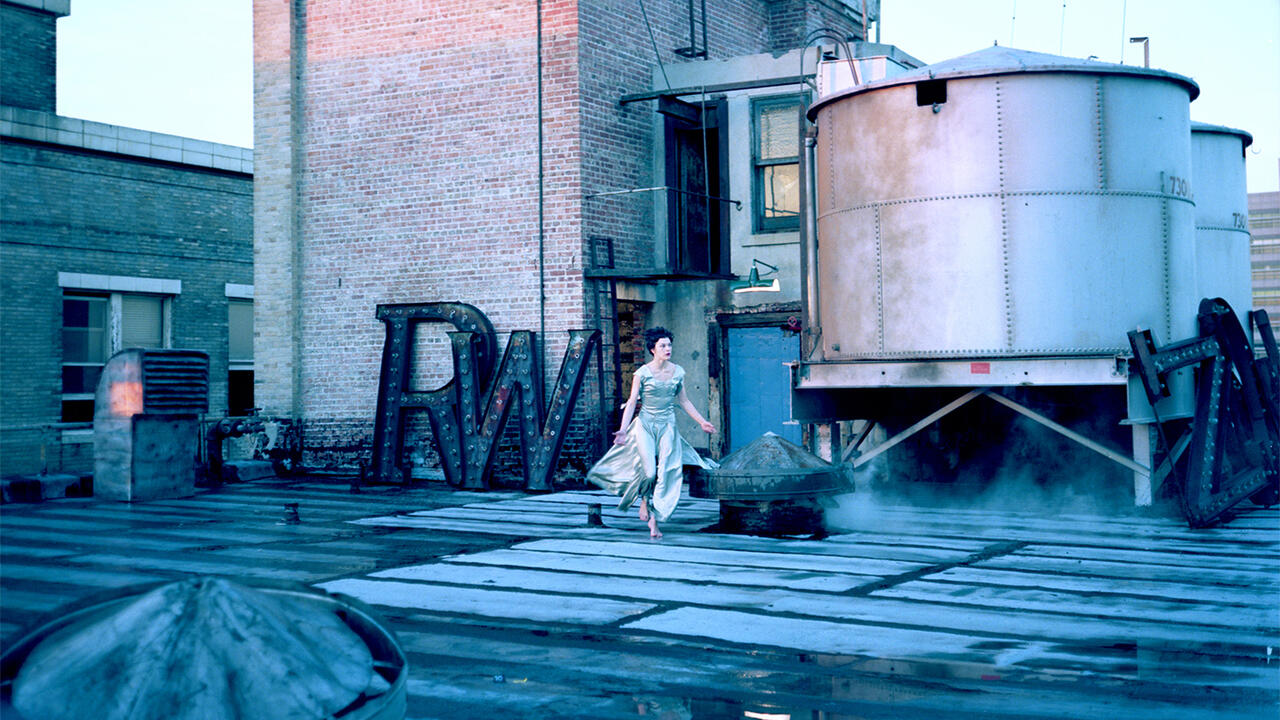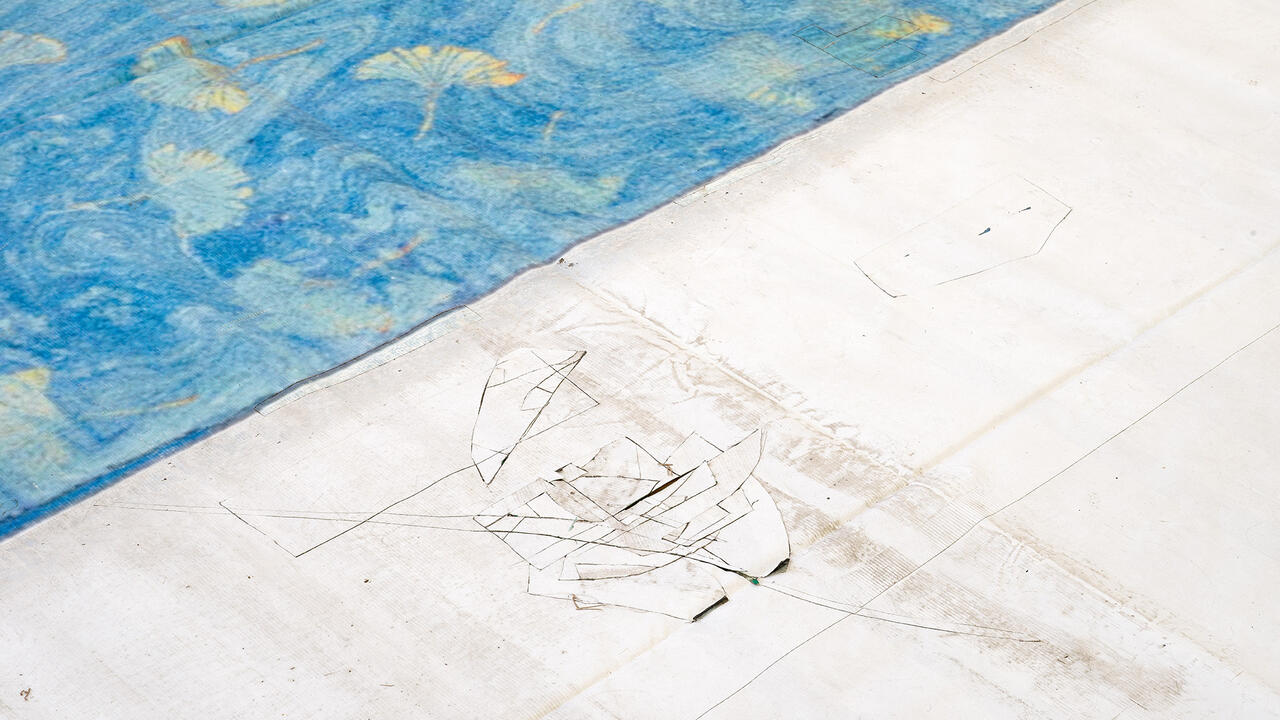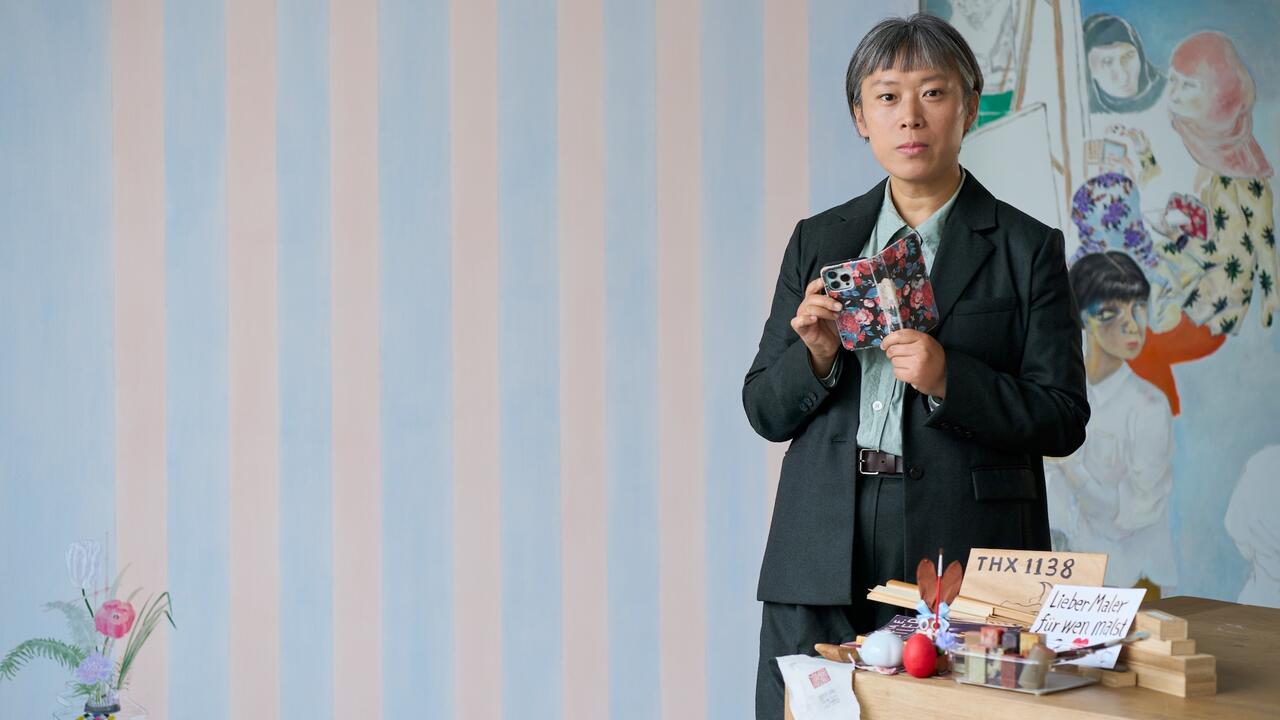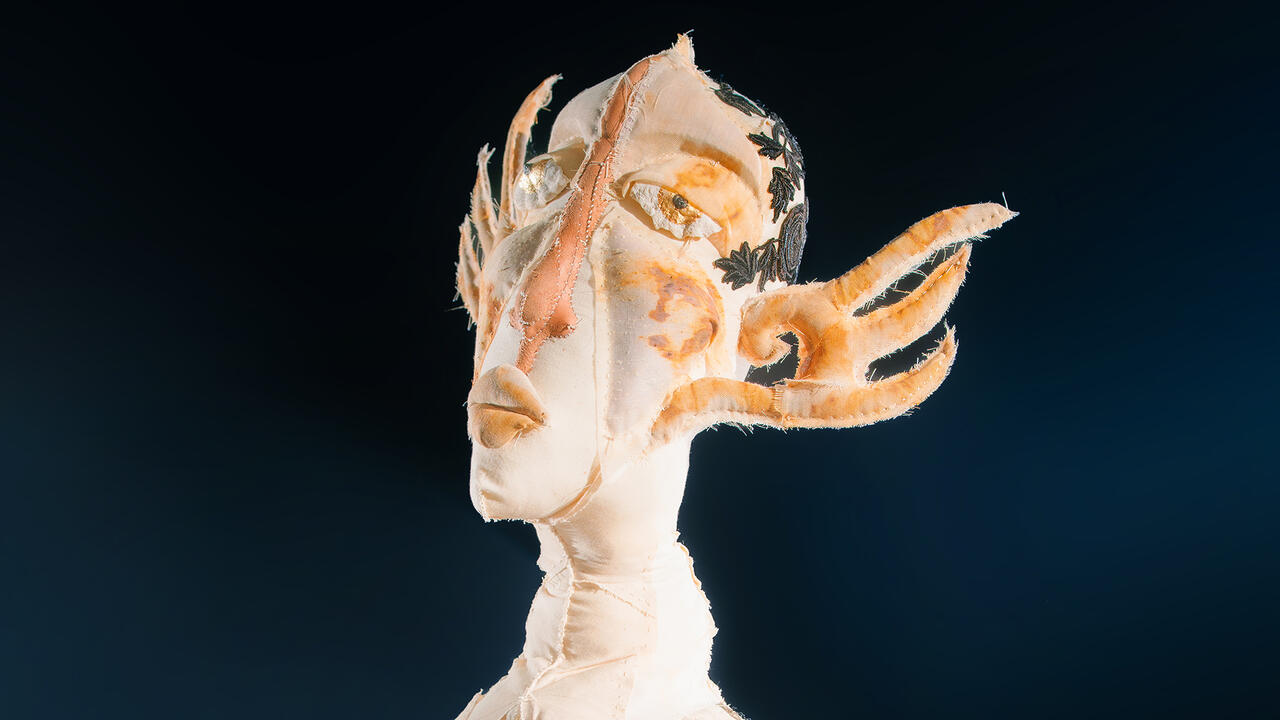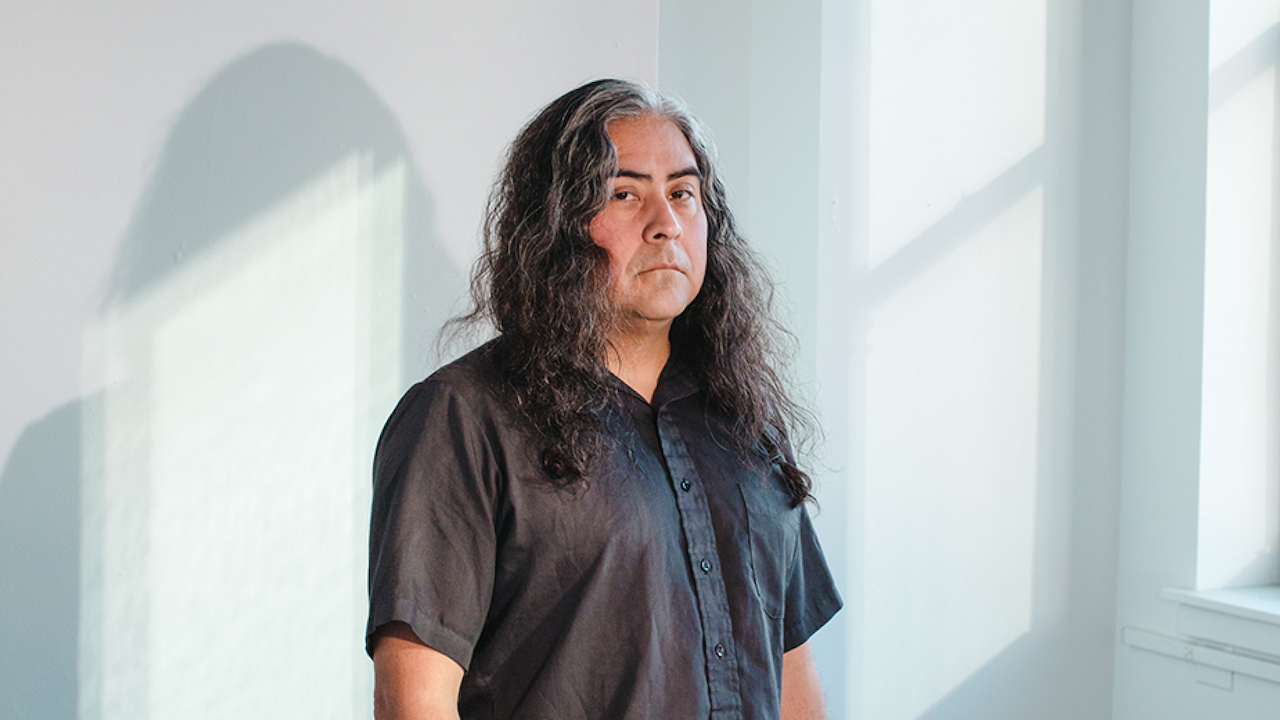The Imaginary New York of ‘The Royal Tenenbaums’
After 9/11, watching Wes Anderson’s screwball comedy is a complicated experience
After 9/11, watching Wes Anderson’s screwball comedy is a complicated experience

There are a lot of movies - low-budget things, usually - that are set in New York but filmed somewhere else. You know them when you see them: a few establishing shots of recognizable landmarks, then suddenly you're on a Hollywood backlot or the streets of Toronto or Vancouver, some generically urban stand-in. It's cheaper and easier, and can be done moderately well, but let me tell you, here in New York we're not fooled for a second. No matter how much the buildings are dirtied up, these substitutes never have the texture of the genuine article. In The Royal Tenenbaums (2001), director Wes Anderson has perversely done just the opposite. He found wonderful locations in Harlem, up in the Bronx, shot scenes in parks and cemeteries and inside apartments, and used these pieces to create a perfectly imagined - and perfectly imaginary - city. In the actual New York, you won't find neighbourhoods called Mockingbird Heights or Maddox Hill. There's no Green Line bus, no Lindbergh Palace Hotel and no 375th Street 'Y'. (There's no 375th Street.) Phone booths on the sidewalk disappeared long ago, and the ubiquitous beaten-up cars of the 'Gypsy Cab Co.' - like all the rest - are Anderson's own invention.
And yet these locations, these odd anachronisms and scenic whimsies, ring true in a cock-eyed sort of way. They feel familiar. Because, despite the fictional streets and subway lines, The Royal Tenenbaums truly is a New York movie, and its fairy-tale setting taps into a recognizable dream vision of the city. It's a vision stitched together from children's books and old New Yorker articles, from wacky 1940s comedies and gritty 1970s dramas. I imagine Anderson has hung out in second-hand bookshops and the lobbies of grand hotels, and taken walks in Central Park on beautiful autumn days. (But maybe I imagine that because those are things I like to do when I want to remind myself why I live here.) He has definitely re-read Salinger and probably spent some time in a certain kind of New York apartment - on the Upper West Side, most likely, and crammed with the worn memorabilia of several well-educated generations. (I've spent time in those apartments, too.) The not-quite-New York of The Royal Tenenbaums is, like the real one, heavy with the weight of the past.

This nostalgically melancholy relation to history - urban and personal - is the motivating force of the movie. The Tenenbaums of the title are a 'family of geniuses' raised in a sprawling, cluttered brownstone building (like all good New York tales, property is central here) on Archer Avenue. The three Tenenbaum children grew up as celebrated prodigies. We are told their stories in deadpan narration and rapidly edited blackout-gag flashbacks: Chas was a teenage financial wizard, Margot an award-winning adolescent playwright and Richie a junior champion tennis pro. That was then, though, and this is now: as the narrator informs us, ‘Virtually all memory of the brilliance of the young Tenenbaums was subsequently erased by two decades of betrayal, failure and disaster.’ Their estranged father, Royal - selfish and vulgar and entertaining as hell (Gene Hackman) - is responsible for all this. As adults, Chas (Ben Stiller) is a tight ball of nerves, obsessed with security after the accidental death of his wife; Margot (Gwyneth Paltrow, pouting in dozens of different ways) is depressive and blocked, unable to get over years of childhood hurt; and Richie (Luke Wilson), after a dramatic public breakdown, wanders the world, literally at sea. They are reunited when Royal, for reasons of his own, decides to move back home.
The Royal Tenenbaums is extravagantly mannered - in ways that are sometimes hysterically funny, and sometimes just curious. The film is a screwball comedy about misery. Over and over, one at a time, the characters stare out from dead centre of the frame, dazed, as if pinned by their unhappiness. It's an odd and telling stylistic tic: you feel like you're looking into a diorama. And like a diorama, this effect works because the backgrounds are so convincing. All the people in the film are cartoonish, their pain sketched out in broad strokes, their personalities defined by strange mannerisms and stranger costumes. The world they inhabit, though, is staggeringly replete with detail. Anderson's fantasy New York, as skewed and unique as it is, feels remarkably coherent. It's a place I'd like to visit some time soon.
Watching The Royal Tenenbaums in the real New York - you know, the one with the big smoking hole - is a complicated experience. After 11 September the film means more than anyone could possibly have anticipated - and means something very different. It's not simply that romaticized visions of the city are comforting, though they definitely are, and we’ll take our comfort where we can get it. Maybe it's that these days New Yorkers are wondering what's going to happen here. At least, I am. The skyline’s changed and the economy seems to be going to shit, and everybody is more than a little panicked, and very, very confused about the future. So there's something touching in Anderson's obsessively imagined geography, his cracked reworkings of New York mythology. It’s the vision of an outsider looking in (maybe that's the real significance of all those fish-eye camera angles), of someone steeped in New York fiction and history, recreating it in an affectionately fractured way. And that's how the city, despite changes both minor and cataclysmic, manages to remain itself. Picture New York as a living creature, meeting the Darwinian challenge of passing on its DNA to the next generation, perpetuating its line. New York does this (maybe all cities do, but New York does it most dramatically) by celebrating itself, its history and traditions. Ideally, these self-representations are so compelling that they attract newcomers, eager to act out the scenes they have heard about. Once here, they set about creating the fantasy New York they have come to find. The dream city depicted in The Royal Tenenbaums gives some small but much-needed assurance to those of us in love with the real thing.









